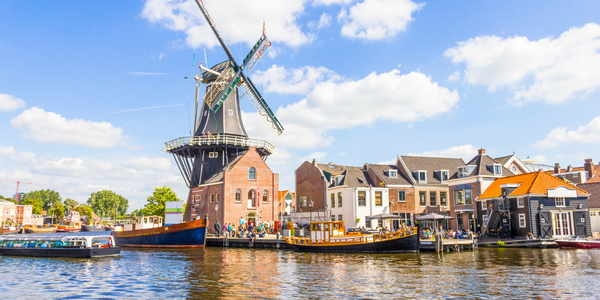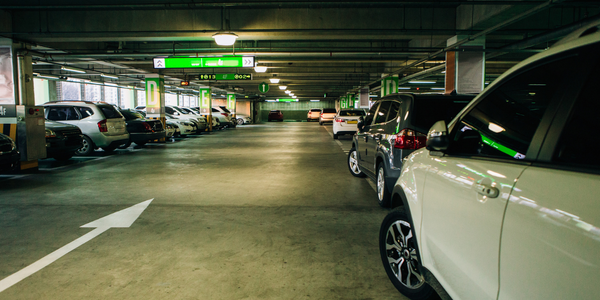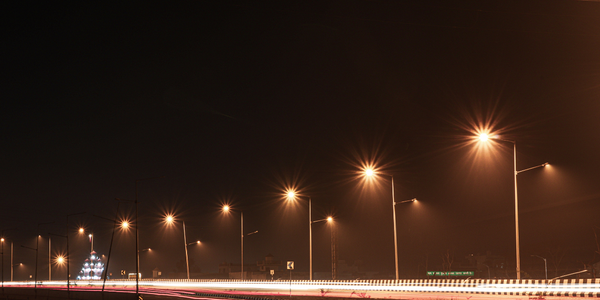Elevating Campus Parking In The Mile High City: AHEC's Smart Parking Transformation
Customer Company Size
Large Corporate
Region
- America
- Europe
Country
- United States
Product
- IPS M3™ Smart Parking Meters
- IPS M5™ Smart Parking Meters
- Next-Generation DMS
Tech Stack
- Wireless Telecommunications
- Payment Processing Systems
- Intelligent Data Management
- SaaS Technologies
Implementation Scale
- Enterprise-wide Deployment
Impact Metrics
- Customer Satisfaction
- Digital Expertise
- Productivity Improvements
Technology Category
- Analytics & Modeling - Real Time Analytics
- Functional Applications - Remote Monitoring & Control Systems
- Networks & Connectivity - Wireless Local Area Network
Applicable Industries
- Education
- Cities & Municipalities
Applicable Functions
- Facility Management
- Business Operation
Use Cases
- Smart City Operations
- Predictive Maintenance
- Remote Asset Management
Services
- Software Design & Engineering Services
- System Integration
About The Customer
The Auraria Higher Education Center (AHEC) is a 150-acre campus located in downtown Denver, Colorado. It is the largest public higher education campus in the state, housing three distinct institutions: The Community College of Denver, Metropolitan State University, and University of Colorado Denver. AHEC serves a combined population of nearly 50,000 students, faculty, and staff. The campus provides a shared academic environment and is committed to offering a modern and efficient infrastructure to support its diverse community. AHEC's Parking & Transportation Services department is responsible for managing the campus's parking facilities and ensuring a seamless experience for all users.
The Challenge
AHEC faced challenges in managing parking demand due to limited spaces and sought to create a more convenient parking experience for its large student body and extended campus community. The existing parking system needed modernization to promote turnover, provide enhanced payment options, real-time data, and more efficient enforcement. The campus was inspired by the City of Denver's success with Smart Parking solutions and sought to implement a similar system that would be widely accepted and easy to use.
The Solution
AHEC implemented IPS Group's Smart Parking technology, deploying 300 IPS M3™ and M5™ credit card-enabled Smart Parking meters across the campus. These meters were strategically placed in short-term parking areas to facilitate quick visits for academic and administrative purposes. The IPS meters offered multiple payment options, including credit and debit cards, and were easy to maintain with modular, plug-and-play parts. The meters were wirelessly networked to the web-based Next-Generation Data Management System (DMS), which provided real-time data and advanced analytics. The DMS enabled AHEC to access financial, technical, and administrative reports, helping the campus make informed decisions and forecast future parking needs. The system also provided alerts for faulty meters, minimizing downtime and ensuring efficient maintenance.
Operational Impact
Quantitative Benefit

Case Study missing?
Start adding your own!
Register with your work email and create a new case study profile for your business.
Related Case Studies.

Case Study
Turning A Stadium Into A Smart Building
Honeywell created what it called the “intelligent system” for the National Stadium in Beijing, China, turning the venue for the opening and closing events at the 2008 Summer Olympics into a “smart building.” Designed by highly controversial artist Ai Weiwei, the “Bird’s Nest” remains one of the most impressive feats of stadium architecture in the world. The 250,000 square meter structure housed more than 100,000 athletes and spectators at a time. To accommodate such capacity, China turned to Honeywell’s EBI Integrated Building Management System to create an integrated “intelligent system” for improved building security, safety and energy efficiency.
.png)
Case Study
Smart Street Light Network (Copenhagen)
Key stakeholders are taking a comprehensive approach to rethinking smart city innovation. City leaders have collaborated through partnerships involving government, research institutions and solution providers. The Copenhagen Solutions Lab is one of the leading organizations at the forefront of this movement. By bringing together manufacturers with municipal buyers, the Copenhagen Solutions Lab has catalyzed the development and deployment of next-generation smart city innovations. Copenhagen is leveraging this unique approach to accelerate the implementation of smart city solutions. One of the primary focus areas is LED street lighting.

Case Study
Buoy Status Monitoring with LoRa
The Netherlands are well-known for their inland waterways, canals, sluices and of course port activities. The Dutch Ministry of Infrastructure indicates that there are thousands of buoys and fixed items in and near water environments that would profit from IoT monitoring. One of the problems with buoys for example, is that they get hit by ships and the anchor cable breaks. Without connectivity, it takes quite some time to find out that something has happened with that buoy. Not to mention the costs of renting a boat to go to the buoy to fix it. Another important issue, is that there is no real-time monitoring of the buoys at this moment. Only by physically visiting the object on the water, one gains insight in its status.

Case Study
Barcelona Case Study
Barcelona’s heavy traffic and its associated high levels of pollution were the primary factors that motivated some companies and universities to work on strategies for improving traffic in the city centre. Bitcarrier is one of the technologies involved in the In4Mo Project, whose main objective is to develop the applications that form the core of smart mobility, one of the fundamental pillars of the smart city concept.

Case Study
China Mobile Smart Parking
Smart Parking, powered by NB-IoT technology, is making it easier for drivers to find free parking spots. Cities can better manage their parking assets and maximize the revenue available to them as a result. Drivers searching for parking create congestion and pollution by circling and hunting for available parking. Smart Parking services are able to significantly ease these problems by guiding a driver directly to a parking space.







